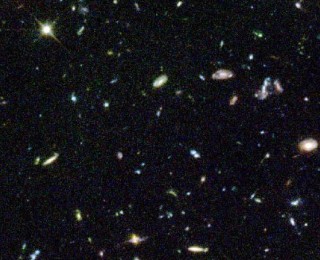
by Ryan Foltz | Nov 5, 2012 | Daily Paper Summaries
To accurately model the universe, we need large surveys of its content and behavior. But how can we be sure that our surveys are a representative snapshot of the universe as a whole? In this post we tackle the problem of cosmic variance.
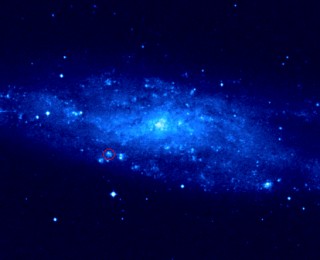
by Ryan Foltz | Sep 10, 2012 | Daily Paper Summaries
Does the existence of mysterious, ultra-luminous X-ray sources indicate that black holes may become more massive than previously thought?
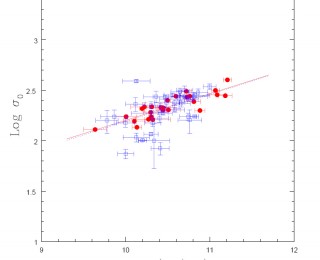
by Ryan Foltz | Jul 16, 2012 | Daily Paper Summaries
Tight relationships between galactic properties seem to depend on environment.
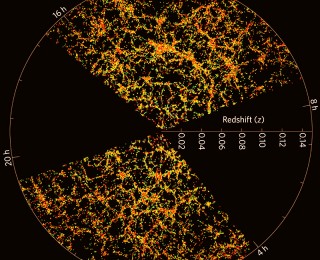
by Ryan Foltz | Jun 18, 2012 | Daily Paper Summaries
Two upcoming space telescope missions, WFIRST and Euclid, will be able to shed light on the nature of the mysterious dark energy.
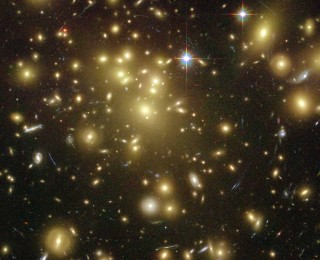
by Ryan Foltz | Mar 27, 2012 | Daily Paper Summaries
How do we locate galaxy clusters in the sky? We’ll examine the red sequence method in particular.





